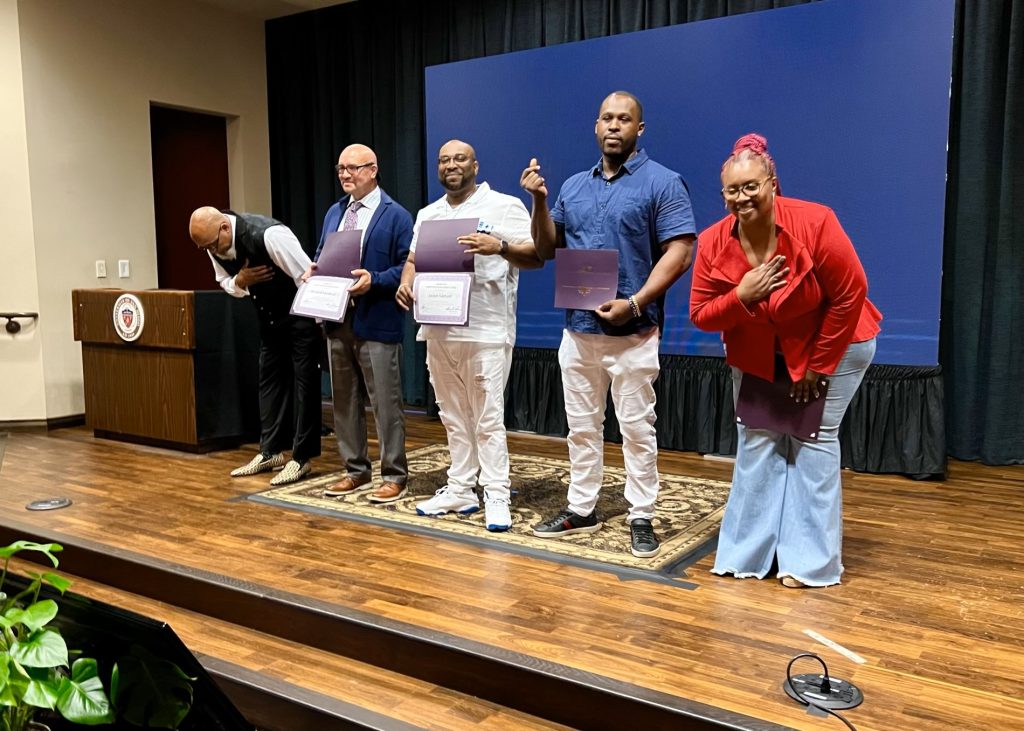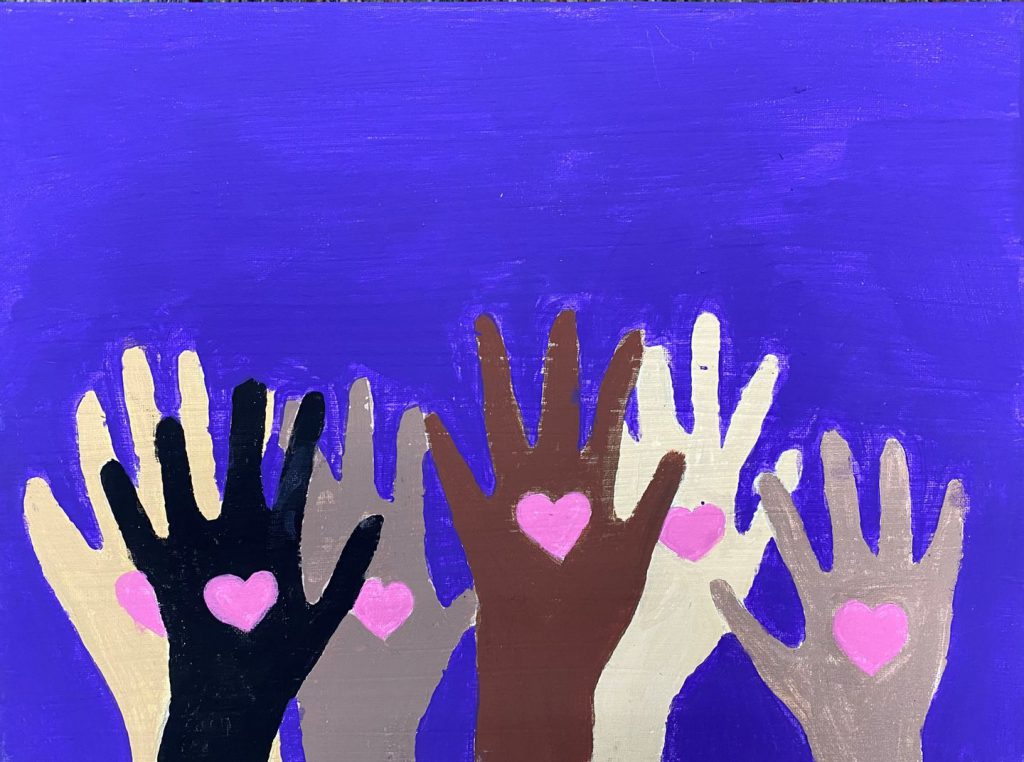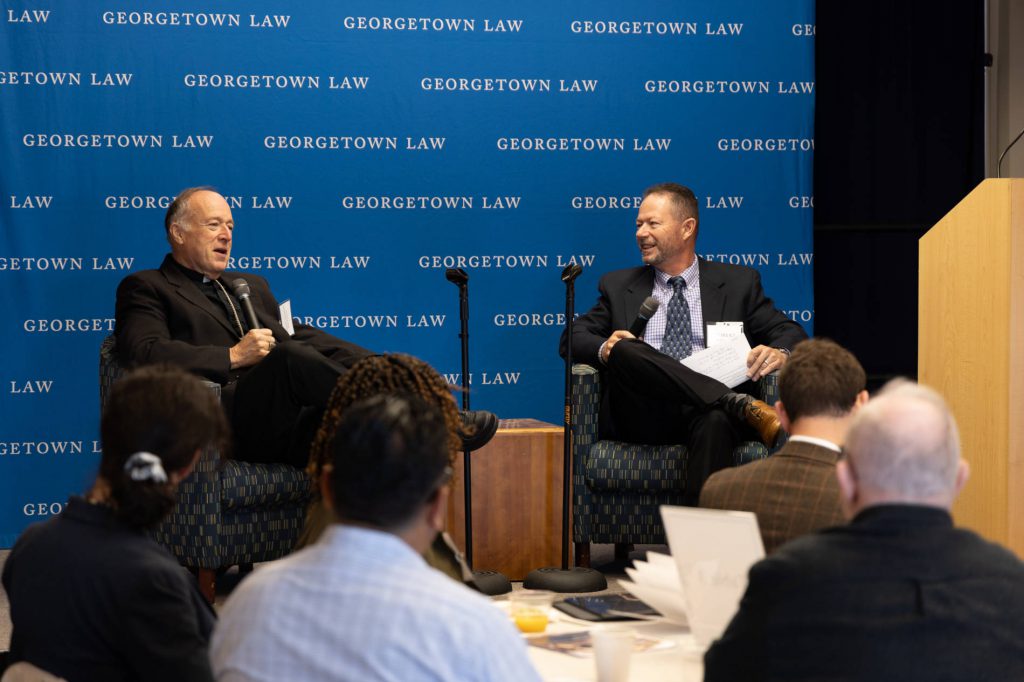By Robert Ehnow
What happened? How do we make things right? These are two of the primary questions asked when using a Christ centered approach to justice to address harm or misconduct.
In the 2021 spring semester, two harmful incidents occurred involving four high schools in our San Diego community. In April, a few football players from Cathedral Catholic posted photos with racist undertones aimed at their rival Lincoln High School football team members. In June, following a boys’ championship basketball game, some people from the Coronado side threw tortillas following a victory over rival Orange Glen High School, whose players were predominately Latino.
In both instances, the response was swift — community members were enraged, apologies were made, and sensitivity training mandated. The body that governs athletics sanctioned two of the schools involved in the incidents.
This writing is not intended to rehash those incidents. Rather it is intended to provide an alternative framework for addressing harm, especially when our children/students are involved.
In the United States, we live in a very punitive society, perhaps the most punitive society on the planet. We have more people in prison and jails on an aggregate and per capita basis than any other nation. Currently, our society promotes a “cancel culture” where once someone commits some egregious act or does some harmful deed the societal response is to cancel them from ever fully participating in society again.
As Catholics and people of faith, we need to stop this very punitive, damaging approach to addressing harm and crime. At the heart of our Catholic faith are unconditional love and forgiveness. Jesus calls us to love and forgive all, including our enemies and those who harm us. A punitive and sometimes vengeful approach to harm and crime does not serve well — and it is not aligned with our Christian faith.
A restorative justice approach is a model we can offer to our children and students that most closely resembles the notion of Biblical justice. In most instances involving harm with children, the opportunity for learning and growing is much more valuable and lasting than simply meting out a punishment.
We often equate Old Testament justice with a punitive, harsh form of punishment. The concept of an “eye for an eye” or Lex Talionis, was not simply a form of vengeance offered to the Israelites as the appropriate response after a harm or crime occurred. Rather, “an eye for an eye” codified the concepts of restraint and proportionality in addressing harm in their ancient form of justice. It was what the Israelites could understand and apply in the time of Moses.
Of course, Jesus provided us with a more radical departure from proportionality in response to harm; Jesus offered us a justice that centered on mercy, forgiveness, and love. Our faith and Our Church, as Pope Francis has repeated often in his Papacy, should rally around mercy and forgiveness. Is our current legal system focused on forgiveness and mercy? Do we approach student discipline with mercy and love? These are questions for all of us to consider, and your answers may provide some insight as to why we incarcerate so many more people than any other nation.
Restorative justice simply approaches harm and crime from a profoundly different perspective than our current school disciplinary and criminal justice systems. The focus is not simply to punish the offender or wrongdoer, although punishment may be one of the outcomes. Rather, the focus with restorative justice is to repair the harm that was done, and more importantly, repair the relationships that were damaged.
Several restorative justice practices could be employed to build and repair relationships that were harmed. One such practice involves a restorative circle where all the stakeholders come together in a facilitated dialogue to discuss what happened and how to address and repair the harm. Another more formal process, called a restorative conference, could be used to bring the two main parties together to discuss what happened. The parties then formally agree upon a plan to repair the harm. The conference process often involves some form of sanctions, and the key difference from the traditional model of justice and discipline is that there is input from all sides – those who were harmed and those who committed the harm.
This is not an easy process, and it requires a commitment from all involved – those harmed, those that committed the harm, and the communities involved.
Justice is not supposed to be easy, and following the example that Jesus provides us is not easy, either. Christ-centered justice is necessary for us to live in communion with one another. Restorative justice may allow us to lessen the current divisions we all are encountering and repair harmed relationships.
We, as people with Christ, should ensure that the students and communities at Cathedral Catholic, Lincoln, Coronado and Orange Glen High Schools repair the harm, and most importantly repair the relationships that were harmed. In other words, make things right!
Robert Ehnow is director of the Diocese of San Diego’s Office for Life, Peace and Justice.









